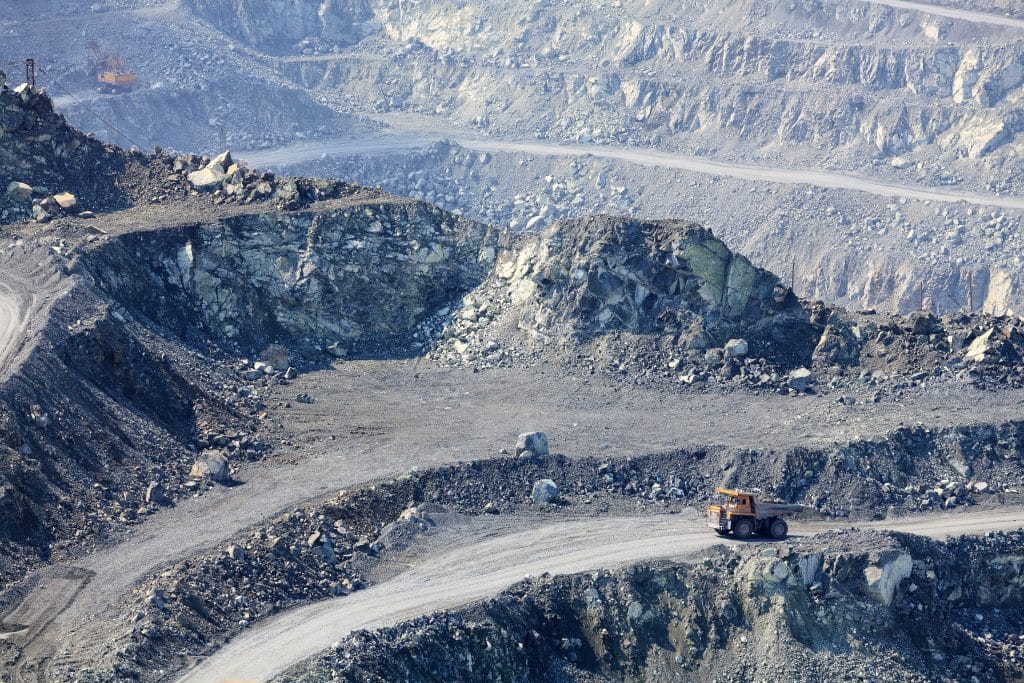A total of 2.78 million workers die every year on a global level due to workplace accidents or workplace related diseases according to the International Labour Organization (ILO). It is a fair assumption that India forms a sizeable fraction of these deaths simply due to the size of its population. However, figures for workplace deaths within India are considerably lacking.
India’s workplaces are often unsafe to the point of being a danger to health – sometimes being hazardous to the point that death is a possibility. Despite such unsafe environments, few workplace diseases are ever reported.
The implications of the figures presented from India — in one example reporting only 562 incidences of workplace diseases to the Indian government over the 2011-16 period — are up to interpretation. Believing these figures at face value would suggest India has some of the safest workplace environments in the world. A quick glance at other reports would indicate this is far from the truth.

Eighty percent of India’s labour takes place in unsafe environments
Investigations by the British Safety Council revealed that eighty percent of all Indian construction workers were deemed to be working in unsafe environments. “Overall workplace deaths are twenty times higher than in UK,” the Council said. “Moreover, at least eighty percent of India’s workforce is still employed in an unsafe environment.” The remaining twenty percent were covered under a health and safety legal framework. However, they go on to add “shockingly, there is only one factory inspector for 506 registered factories.”
There are a number of industries within India that often place those working within them into unsafe situations. Farming has its hazards, as does construction and mining. These form some of India’s largest employment centres and considerable swathes of the Indian economy.
The larger companies tend to adhere to stricter guidelines, as repercussions are often more publicised, increasing scrutiny from the media and oversight by the government. However, the overwhelming majority of Indians are employed either by smaller, less well-regulated companies or are within the informal economy.
Such a wide range of geographic locations and occupational variety make it a difficult task to oversee the safety of each individual business. The millions of individuals in the informal economy are often migratory — based on workload available — and may only work on a farm or construction site for a few weeks. In these situations there is very little chance to assess potential for accidents, long-term damage to an individual due to exposure to chemicals is harder still to analyse.
Long term illness is a very real possibility
Many industries still regularly expose their workers to the risks associated with dangerous substances such as asbestos. Construction is an obvious example of this. However, as fewer buildings use asbestos this risk is being reduced. It is in industries that involve the dismantling of older buildings and vehicles where these risks again present themselves.
The inhalation of asbestos is dangerous for the lungs. Fine particles can cause scarring of the lungs, referred to as pulmonary fibrosis. Scarring of the lungs can cause problems breathing which can steadily become worse over years of exposure. Long-term exposure to can result in an increased risk of cancer. Often symptoms will not present themselves for many years after exposure.
Shipbreaking is a common example in which asbestosis is a recurring issue for workers. In addition, industries such as these often have a high risk environment in which accidents can result in severe, disabling injuries — often even causing the death of the worker.
In much the same way as asbestosis, silicosis is another lung condition found commonly among India’s mining communities. Consistent exposure to particulate silicon results in much the same issues as asbestos. For many working down the mines — often coming from India’s poorest communities — these risks are unavoidable if they wish to put food on the table.
Those working under these conditions often are not afforded the choice
One major factor linking many of these industries is the aspect of manual labour. Due to the nature of the work many individuals are poorly paid, often working several temporary jobs at a time.
In these situations those from impoverished backgrounds are presented with a choice, work in these hazardous environments, often risking long term health and serious injury, or not be able to provide food, risking starvation.
The fact that so many workers in these professions are migratory or in rural, farming communities, could be part of the reason so few cases are reported to the central government. What is certain is that interventions must be made to improve the safety of India’s workers, as those who are working the most dangerous professions are often those least able to afford the cost of medical treatment should their health be compromised.


Thank you for addressing the under-reported workplace health fatalities and injuries in India; and for touching on exposure to asbestos. It is past time for India and other countries that serve as the modern day slaves to consumerism stand up to injustice, pollution and health of the general population (in addition to modern day slavery, poverty, low wages, sexism, etc…) It is past time for US and European consumers to demand more from manufacturers- more regulation, more protection, more fair labor, etc. People must wake up to the destructive practices in these countries that allow poor nations to accept human casualties as the price to pay for consumerism.